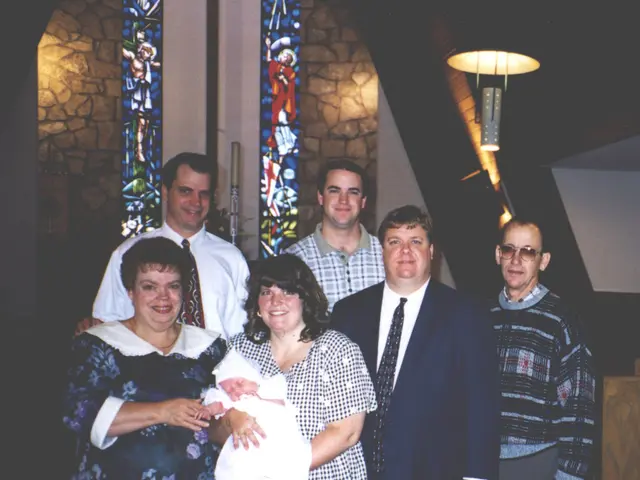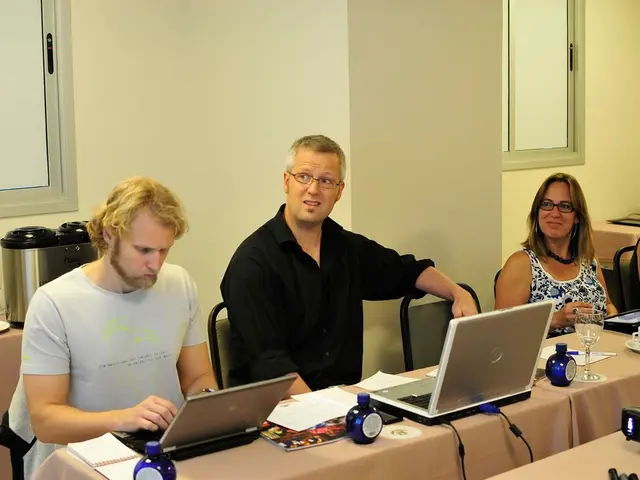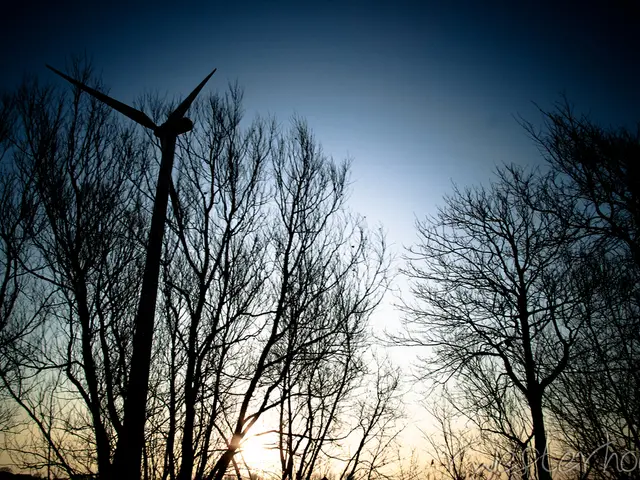Numerous students and faculty at a Wiesbaden school found themselves sleeping under the school's roof after winter set in with a vengeance. A fire department spokesperson announced on Tuesday morning that 55 individuals, including 27 children, had sought refuge in the school building due to the inclement weather. The reason for the sudden slumber party? Heavy snowfall had made it impossible for school buses to travel home safely.
The international students attending the school hailed from various corners of the Rhine-Main region. The severe weather conditions hindered their journeys, causing the school to act as an impromptu shelter for the night. Around 25 fire department staff members lent a helping hand to the students, ensuring they were comfortable and safe. The exact plan for the morning - whether classes would resume or students could finally return home - remained a mystery during the wee hours of the night. Breakfast was even provided, the spokesperson confirmed.
The weather also played havoc with the city's traffic, causing added stress for some parents as they attempted to pick up their children. The prospect of cancelling classes for the following day was even briefly discussed, given the ongoing uncertainties surrounding the weather and traffic conditions.
In the global scheme of things, accommodating students overnight due to severe winter weather is an uncommon practice. However, there are instances where it becomes essential to maintain safety. For instance, in the United States, schools like Chief Leschi in Washington State need to monitor road conditions across multiple districts due to their door-to-door pickup policy. In such situations, they might opt for early dismissals or cancellations, but they shy away from housing students overnight.
Similarly, in Multnomah County, Oregon, schools are closed, but emergency shelters for the homeless are available. These shelters, however, are not specifically set up for students due to snow closures. Instead, schools often choose learning from home, delayed opens, or early closures, allowing for minimal disruptions to academic continuity.
Remarkably, schools might provide temporary accommodation for students in extraordinary circumstances - think natural disasters or power outages. But under normal weather conditions, keeping students overnight is not part of the standard response strategy.








